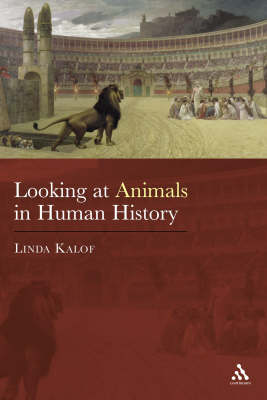This is a new and fully illustrated introduction to the philosophy of animals. Nonhuman animals carry substantial symbolic weight in human culture, providing a frame for our dance, art, and narrative for thousands of years. Human language is saturated with animal tropes and metaphors, and some of our most pernicious social problems, such as slavery, sexism, and environmental degradation, have been connected to the human-animal relationship, both theoretically and empirically. In "Looking at Animals in Human History", Linda Kalof explores the philosophical underpinnings of the conceptual boundaries that separate human from animal and discusses contemporary theoretical challenges to the maintenance of the human-animal boundary and its relationship to other dualistic, essentialist categories. The book examines historical narratives in the representation of animals as 'others' through key mediums of exhibition, from the Roman gladiatorial contests in the third century to contemporary naturalistic displays.
Kalof synthesizes the literature on the social and cultural messages encoded in the cultural representation of animals and examines the philosophical, theoretical and empirical links between human identity, concern for nonhuman others and the cultural representation of animals. The book concludes with a discussion of how changing our conceptualization of animals from 'other' to 'kin' is an essential first step at resolving some of our most serious social and environmental problems. This engaging and stimulating book introduces new research in a structured and accessible manner and serves as the ideal introduction to animal studies for undergraduate students.
- ISBN10 0826460976
- ISBN13 9780826460974
- Publish Date 9 September 2006 (first published 9 August 2006)
- Publish Status Cancelled
- Out of Print 17 August 2006
- Publish Country GB
- Publisher Bloomsbury Publishing PLC
- Imprint Continuum International Publishing Group Ltd.
- Format Hardcover
- Pages 288
- Language English
